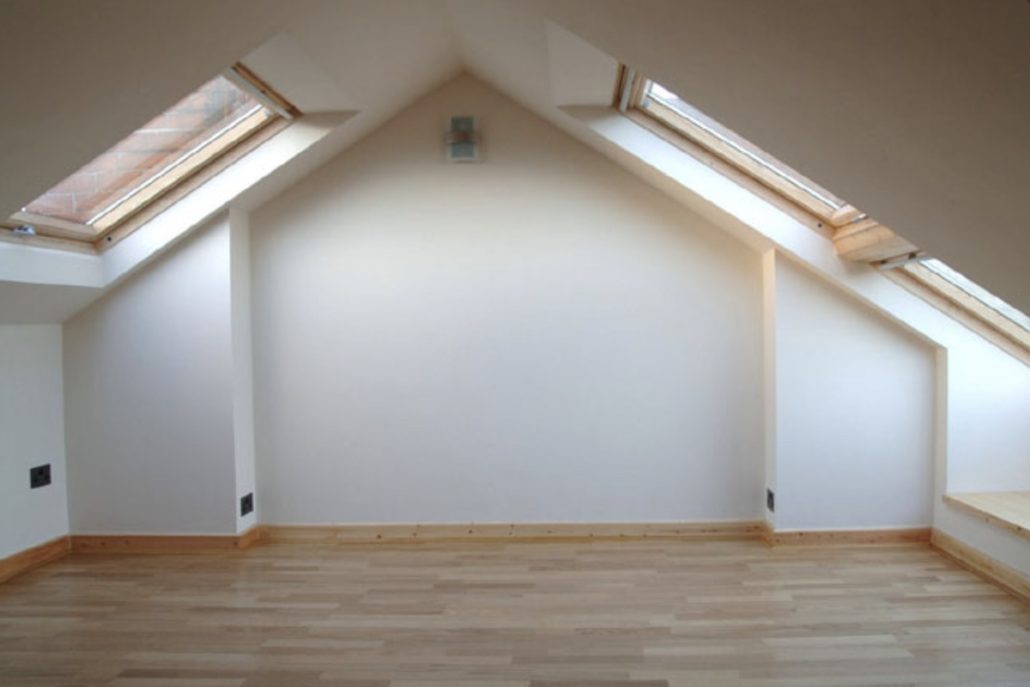A loft conversion allows homeowners to improve the indoor space and increase their home value. According to the National Building Society, UK, a loft conversion increases your home value by 20%. You create extra space, make your home more energy-efficient, and improve the indoor space.
The question is: What is the minimum height of a loft conversion in the UK? Research shows that the minimum height for a loft conversion allowed in the UK is 2.2m. It is crucial to adhere to the building regulations in the UK to avoid complications. In today’s article, we will delve deep into this topic. Read on!
Height for a Loft Conversion
Many homeowners in the UK carry out a loft conversion project to improve the indoor space and increase the number of bedrooms in their homes. You can use a loft for a wide range of reasons, such as a bedroom, playroom, or office. It is crucial to consider a few critical factors before carrying out the loft conversion project in your home. These include:
- Structural integrity
- Head height
- Windows and lighting
- Fire safety
- Insulation
- Stairs
- Building regulations
We have already talked about the minimum height for a loft conversion. Before you start your project, make sure your plan the height of your loft. Your loft should be high enough to support the conversion.
Otherwise, you won’t achieve a loft tall enough, leading to numerous problems down the line. Let us now discuss the head height for your loft conversion project. Continue reading!
Head Height for Loft Conversion
According to the Building Regulations, UK, the standard height of a loft in the UK is at least 180 cm from the floor. However, the Building Regulations allow for exceeding the head height and make it around 230cm to ensure you have a comfortable space after conversion. We recommend hiring a professional contractor with experience in the loft conversion project.
The contractor can measure and tell you about the headroom. That way, you will know how much space do you require. At the same time, you will learn how much space you will have at the end of the project.
Although it is crucial to measure the headroom and roof height, you must also consider some other essential things, such as space for your water tanks and plumbing, the staircase, and other essentials you need.
Raising the roof is an excellent way to create extra height within your loft conversion. However, you need planning permission if the contractor you hired advises you to raise the roof due to the low ceiling. You need permission to avoid legal issues because raising the roof means altering its structure and shape.
Final Words
A loft conversion is an excellent way to utilize the extra space in your house. You will need building regulation approval to carry out the loft conversion project in your home. Focus on the structural strength, stability, stairs, plumbing, fire escape, and the height of your loft conversion to ensure you achieve your goal without any problems.

